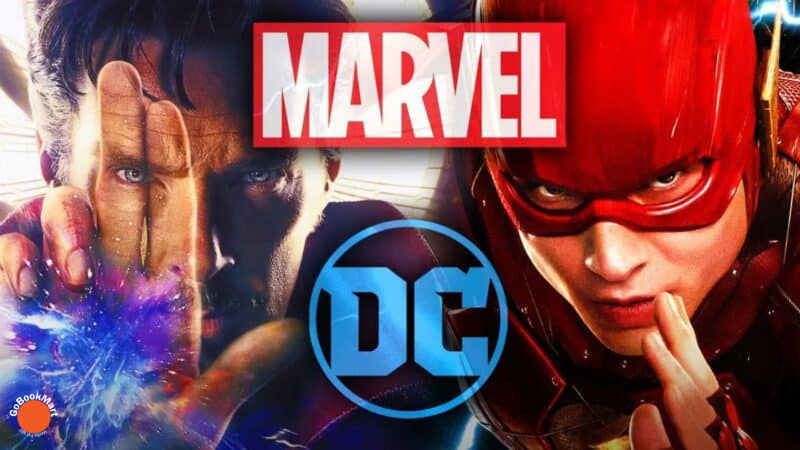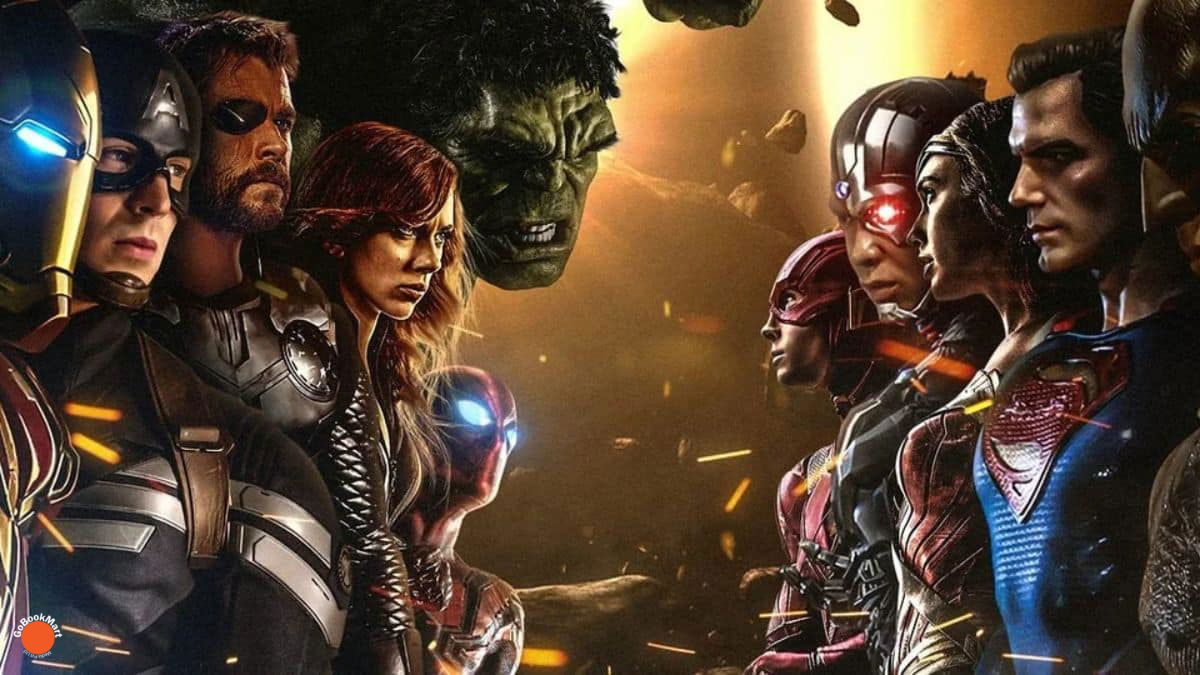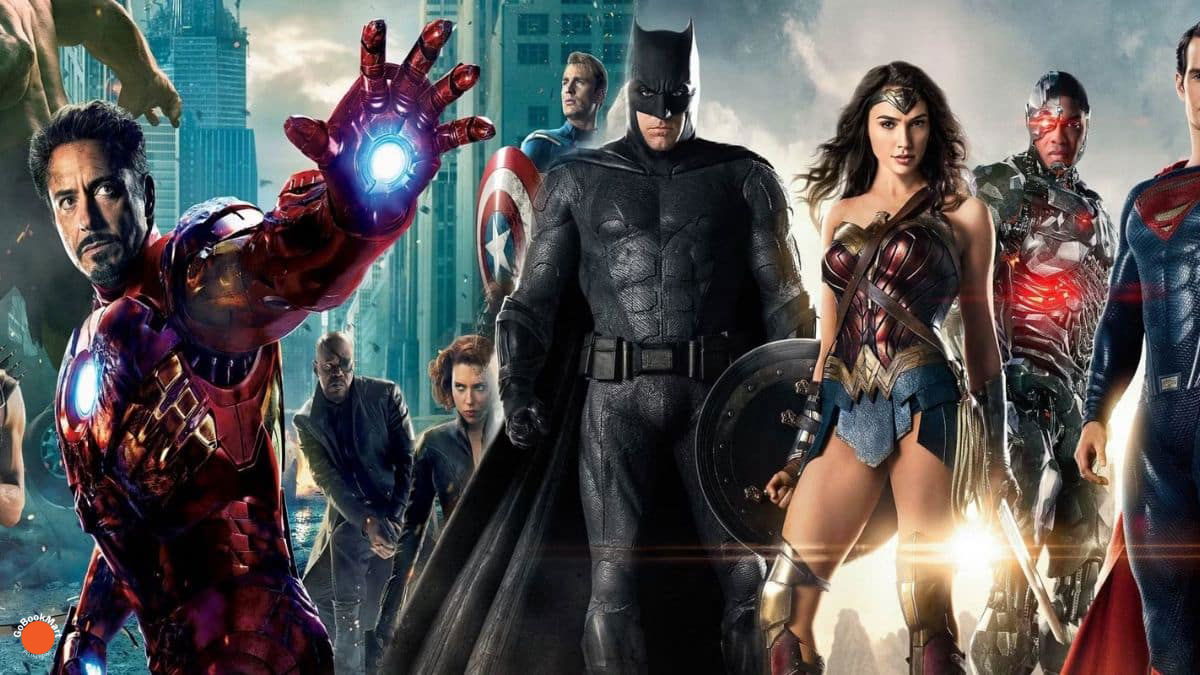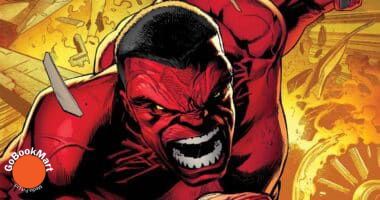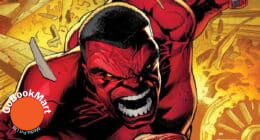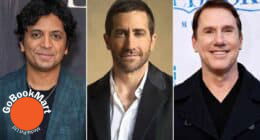The cinematic worlds of Marvel and DC have captivated audiences for years, but they couldn’t be more different in terms of tone, style, and storytelling. While both studios produce superhero films, their approaches to filmmaking, visual aesthetics, and narrative depth set them apart. This blog explores the key reasons behind the stark differences between Marvel and DC films.
The Theme Park vs. Cinema Debate
Renowned filmmaker Martin Scorsese once described Marvel films as “theme park movies,” suggesting they offer a different experience from traditional cinema. Scorsese doesn’t consider Marvel films “bad,” but he argues they lack the elements that define classic cinema—revelation, mystery, and genuine emotional danger. Marvel movies are packed with action, thrilling fights, and character introductions, but they often prioritize spectacle over emotional depth. In contrast, DC films, according to Scorsese, fall somewhere between traditional cinema and theme park entertainment. This paradoxical blend allows DC to explore darker, more complex themes while still delivering blockbuster action.
Visual Aesthetics: Dark vs. Bright
One of the most noticeable differences between Marvel and DC films is their visual style. DC is often perceived as darker, both thematically and visually. Films like The Dark Knight Trilogy and Joker embrace a gritty, somber aesthetic that reflects the moral ambiguity and psychological depth of their characters. This darker tone is rooted in DC’s storytelling tradition, particularly during the “Dark Age” of comics, which influenced iconic franchises like Batman.
Marvel, on the other hand, leans toward brighter colors and a more vibrant palette. Even when tackling dark storylines—such as heroes fighting each other or entire universes being destroyed—Marvel’s use of bright visuals softens the impact. For example, Iron Man (2008) kickstarted the Marvel Cinematic Universe (MCU) with its iconic red and gold armor, setting the tone for the MCU’s visually consistent, comic-book-inspired style. This contrast in color grading and lighting choices plays a significant role in how audiences perceive the two universes.
Storytelling: Formulaic vs. Director-Driven
Another key difference lies in the creative process. Marvel operates under a tightly controlled system, with strict guidelines for directors to ensure consistency across the MCU. While this approach has led to box office success, it often results in films that feel formulaic. Directors like Edgar Wright have left Marvel projects due to creative conflicts, highlighting the studio’s preference for uniformity over individual artistic expression.
DC, however, grants its directors more autonomy. This allows for distinct visual styles and storytelling techniques that reflect the director’s vision. For instance, The Batman (2022) and Joker (2019) are visually and tonally unique, showcasing the creative freedom DC offers. This director-driven approach results in films that feel less cookie-cutter and more personal, even if it occasionally leads to inconsistent quality.
Cinematography: Subjective vs. Objective
DC films often employ subjective cinematography, immersing viewers in the characters’ perspectives and emotions. This technique is evident in The Dark Knight Trilogy, Man of Steel, and The Batman, where framing, lighting, and color grading are used to create a sense of depth and intimacy. For example, The Batman used techniques like “dirtying up the frame” to make scenes feel raw and immersive, such as wetting the lens to simulate rain or using older, distorted lenses to enhance the gritty atmosphere.
Marvel, by contrast, tends to favor a more objective approach. While this creates a clean, polished look, it can also make scenes feel flat and uninspired. Some critics have compared Marvel’s visuals to an “empty parking lot,” suggesting that the studio prioritizes efficiency and realism over artistic flair. This approach aligns with Marvel’s goal of making their films relatable and grounded, but it often sacrifices the heightened reality that cinema can achieve.
Themes and Tone: Gritty vs. Relatable
DC films frequently explore darker, more complex themes, such as moral ambiguity, mental health, and societal decay. Joker, for instance, delves into the psychological unraveling of its protagonist, while The Dark Knight examines the thin line between heroism and vigilantism. These themes resonate with audiences seeking depth and introspection, making DC films feel more like character studies than traditional superhero fare.
Marvel, on the other hand, focuses on relatable themes like teamwork, redemption, and personal growth. While these themes are emotionally resonant, they are often overshadowed by the MCU’s emphasis on action and humor. Marvel’s lighter tone and consistent formula have made it a box office juggernaut, but they also limit the studio’s ability to take creative risks.
Also Read: Why Batman Is the Most Important Member of the Justice League

